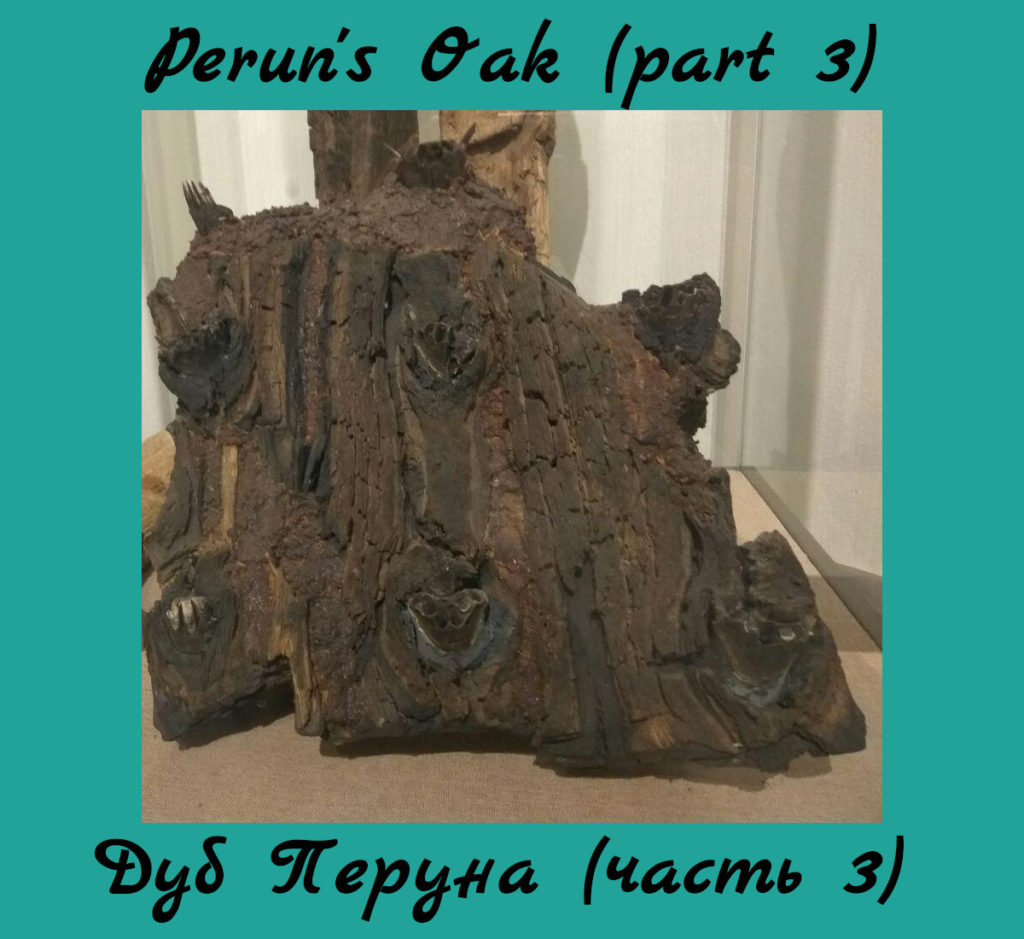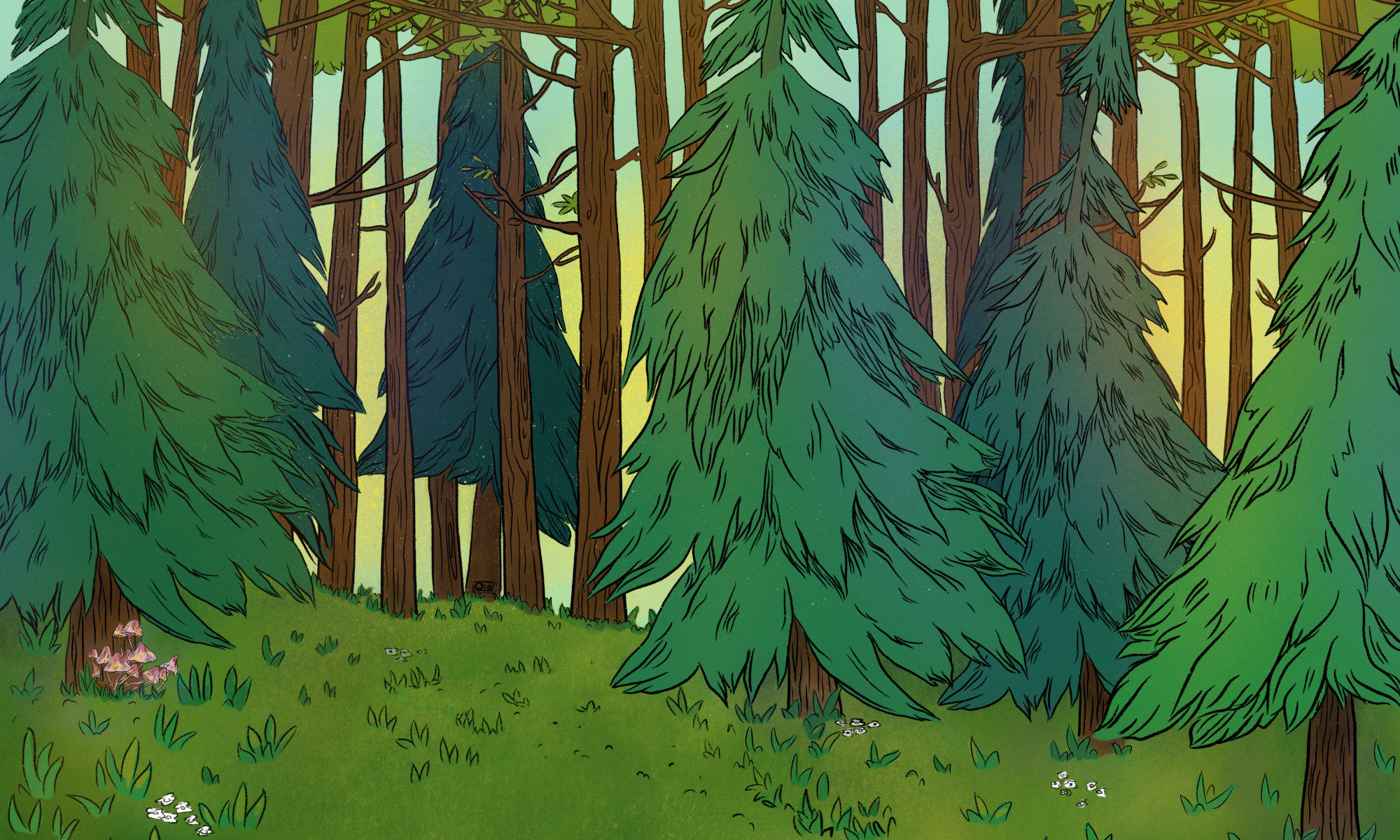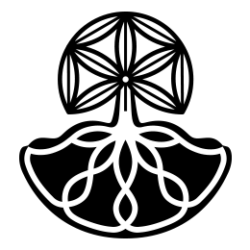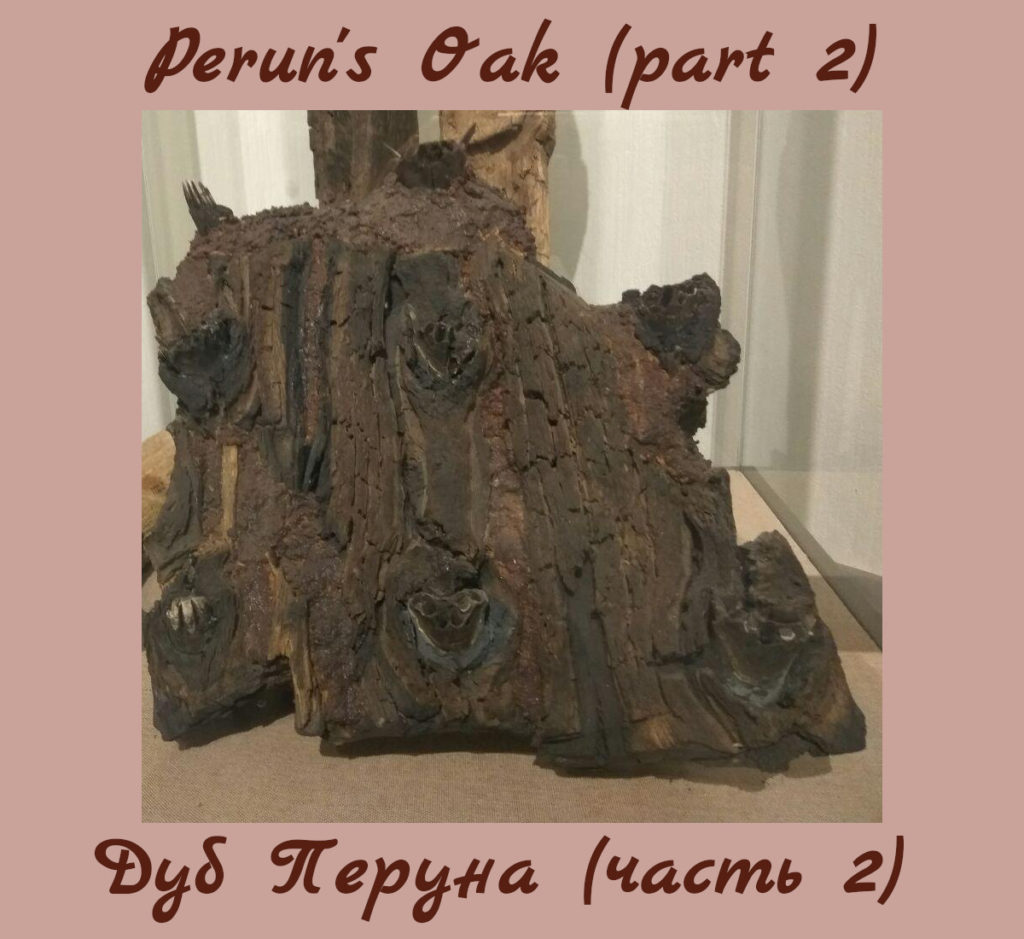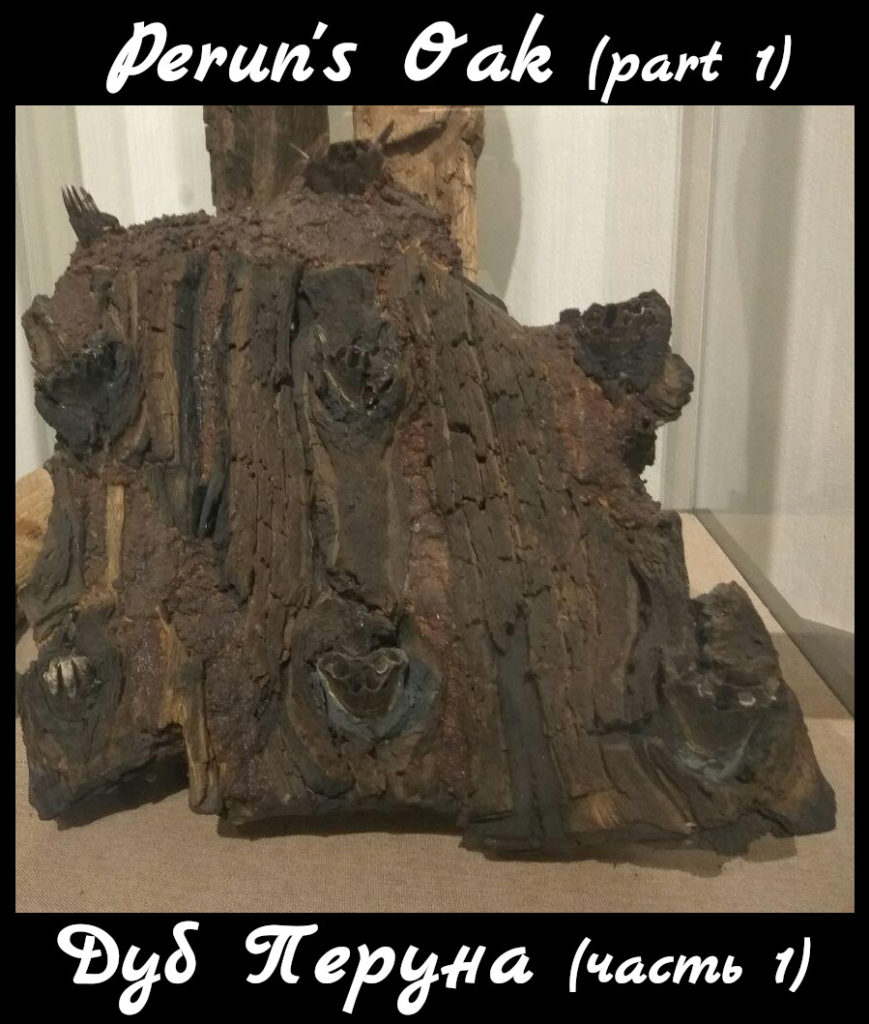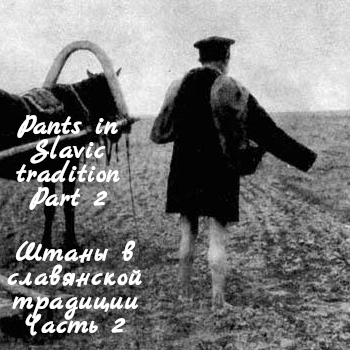Along with the cult of trees, the ancient Slavs also worshiped certain animals, for example, a wild boar. Old Russian chronicles and epic tales repeatedly tell about the wild boar hunts and the festive eating of the boar meat at duke’s feasts. Thus, in 1255, duke Daniel Galitsky “personally killed three of them with a spear” while hunting on boars. Some researchers believe that duke’s feasts were the “echoes” of ancient public sacrifices, culminated in a ritual feast. It is also noted that usually the ritual eating of pork meat fell on Thursday, a day dedicated to the God of Thunder and Lightning.
ꏍ
The ceremonial eating of pork was widespread not only among the Slavs. It is known that during a thunderstorm, the Balts had a custom to take out a leg of ham in the field and address Perun: “Abstain, Perkun, from destroying my field – and I will give you this ham for it.” When the thunderstorm stopped, the ham was eaten as a sacrificial meal.
ꏍ
To be continued…
